The 2024 edition of the Salon de la Photo takes place in Paris at the Grande Halle de la Villette from Thursday, October 10 to Sunday, October 13. The event, which will host 170 brands, expects, like last year, up to 35,000 visitors.
This year, brands such as: Canon, Sony, Sigma, Nikon, Fujifilm, etc., are present at the photography show, where the latest digital innovations are presented, both in terms of cameras and lenses.
Marianne Chandernagor, director of the event, deciphers this new phenomenon. « A few years ago, we thought it was a declining sector, which was going to disappear with digital and smartphones. Since the post-Covid recovery, photography has become a trendy universe again,” notes Marianne Chandernagor, director of the Salon de la photo.
“Young people are driven by images, they put themselves in the picture, tell their life stories and are not necessarily looking for photographic memories,” adds Marianne Chandernagor. A survey** conducted before the Salon de la photo also reveals that all uses are changing. While the “quest for memories” has indeed fallen by 4% (54% of photographers are nevertheless continuing it), there has been an increase in those using photography to “bear witness to and tell the story of reality (18%); “sublimate by embellishing reality” (12%); “discuss, interact, but in images” (10%), or even “highlight my physique, my body” (7%). All of these uses have changed by 2% in one year.
Migrating to digital devices
For very everyday use of photography, the smartphone is obviously king. « It’s a staging tool, » analyzes the director of the photo show, « then young people migrate towards more technical tools, with an increasingly expert practice. » Eventually having crossed the threshold of the Fujifilm Instax or Polaroid instant camera (whose sales are still increasing), young photographers will « either buy an entry-level camera, or a second-hand camera, which allows them to start practicing without breaking the bank. » On the entry-level side, you can indeed equip yourself with a Canon EOS 2000D SLR with 18-55 mm lens, or a Nikon D5600 (18-55 mm) for just over 500 euros. Expect to pay less than 900 euros for the Sony ZV-E10 hybrid (16-50 mm), or for the Panasonic Lumix G100D (12) 32 mm + 45-150 mm), which are rather very good performers for photography, but also video.
Younger photographers (especially those aged 20-24) are also increasingly interested in technical innovations. Artificial intelligence (AI) and its creative possibilities also fascinate 55% of respondents, including 70% aged 30-34, who find it « good » that artificial intelligence can assist them in their photography practice.
« We see that young people are fully integrating it into their way of practicing photography, » enthuses Marianne Chandernagor, Director of the Salon de la Photo. This renewed interest in new hardware and software has seemed to be a constant since 2020. 42% of 20-24 year-olds also consider it desirable that smart glasses will eventually replace both cameras and smartphones for taking photos. 41% even think that this is quite likely.
Sigma a real success in RF
The year 2024 is proving to be a prolific one for Sigma. The Japanese optician has unveiled several bright (and sometimes atypical) lenses in E and L mount, and is releasing several of its lenses in RF mount.
Sigma is in an extremely positive frame, as we have had some very nice product releases since the beginning of the year, with the 2nd generation Sigma 24-70mm f/2.8 DG DN Art and the Sigma 28-45mm f/1.8 DG DN Art – the first full-frame zoom with f/1.8 aperture in history.
Not forgetting the RF mount, which is slowly being unlocked with the arrival of the first RF-S lenses: the Sigma 18-50 mm f/2.8 DC DN Contemporary in July and the Sigma 10-18 mm f/2.8 DC DN Contemporary in September.
These two lenses have met with real commercial success, not just critical success. All this explains why our state of mind is extremely positive.
How did the partnership with Canon for the RF mount come about?
We went to Canon. As discussions progressed and Canon matured with regard to their plan to open up the mount, the RF mount is gradually opening up to « third-party » lens manufacturers.
We really want to address all those who do both photography and video, as well as videographers on single-operator shoots (for very small productions). We are also thinking of those who want to couple it with a follow focus system.
Fujifilm at the Photo Show
Fujifilm new hybrid X-M5, considerable success of the X100VI, return of film and questions around AI in photography, the X100VI, whose success went far beyond what we could have imagined. However, we already had very ambitious forecasts; but the day after the announcement, the demand was unimaginable.
On the other hand, already with the X100V there was a viral aspect with a Chinese social network [TikTok, Editor’s note], and the demand accelerated. The X100VI is an iconic product, it is a unique product. The X100VI is a springboard towards Fujifilm technologies. It does not overshadow any product because it is a compact body, not a hybrid. It is the flagship of the range.
Sony A9 III the star of the stand
This year, the Salon de la Photo allowed Sony to present its latest innovations, both in photo and video. The star of the stand was of course the A9 III, equipped with a global shutter as well as the new 85 mm f/1.4 GM II.
Sony maintains a dynamic state of mind and strong motivation. The Salon de la Photo is a key event for Sony, where we exchange a lot with users, whether they are already equipped or not. It is a real meeting.
Each year brings its share of interest and success, because the challenges are constantly evolving. There are not always big announcements, but different segments to develop, which is part of the life of a company. There are no bad years, only years where we adapt with the right challenges and the right energy.
Sony is used to making pioneering bodies. In 2013, it was the first full-frame. In 2015, it was the first BSI (back-illuminated) sensor. In 2017, it was the first stacked sensor with the A9. In 2022, the A7R V was the first AI chip. And now, 2023-2024, it’s the A9 III with the first global shutter sensor.
In 2024, Sony had an excellent year in the professional photographer segment. Indeed, at the Olympic Games, all the brands are involved in the support and technical support of the teams, photographers and agencies, some of whom came from all over the world.
Nikon at the opening of the Salon de la Photo
Nikon has a conference program and a stand that particularly highlights the Z6 III, it is the star of the stand this year. This camera was highly anticipated and this is the first consumer show at which it is being demonstrated and loaned, since we are doing loans at the same time this year.
The Nikon Z6 III innovates with a semi-stacked sensor which is a sort of variation of the stacked sensor that we have on a Z8 or a Z9. It has a simpler architecture than that of a stacked sensor, which allows for a lower development cost. However, the performance is close to that of a stacked sensor, with a much higher refresh rate than a classic CMOS sensor.
In terms of design, it is not a big body but it has gained a little thickness because it is also a much more resistant body; it works at -10°C like the Z8/Z9 range. It is also designed to allow internal heat dissipation, which makes it a camera that can operate for two hours continuously.
Some members of my team started working well in advance to prepare everything, notably in collaboration with AFP and L’Équipe, two French media outlets very involved in covering the Olympic Games.
It is mainly AFP in fact. The partnership we have with the agency is not limited to just the hardware, but also extends to their involvement in the development of new features and firmware.
Many features present in our cameras today were suggested by AFP, and we have integrated this feedback to improve the hardware, whether through new firmware or even hardware elements. This collaborative work is constant and allows us to develop, with them, the cameras of tomorrow.
Canon at the Photo Show
The year 2024 is very rich for Canon with the full-frame hybrids EOS R5 Mark II and EOS R1 attracting all the attention. However, the arrival of “hybrid” RF lenses, designed for photo and video, also deserves to be highlighted.
Canon has had a very rich year, and this Show is part of this continuity. Canon was present at many events and festivals: Arles, Visa pour l’Image, Cannes Film Festival… For Canon, it’s been a very good year.
Not to mention the EOS R5 Mark II, which is the highly anticipated successor to Canon’s legendary 5 series, which is very talented in the photo and video section. Moreover, orders are more than promising and reviews are quite unanimous and very positive for this product launched at the end of August. For now, the figures we have are very, very positive on these two launches.
All these events in France also allowed us to get a lot of feedback from professional photographers on the cameras: it was really great for Canon to be in contact with the pros before the launch of the two cameras.
Canon had very positive feedback on both models, particularly on the autofocus side, but also on the burst customization on the EOS R1. Similarly, the action priority mode for ball sports was very well received. This is very specific feedback, which Canon was able to obtain thanks to this type of event.
A real advantage at Canon: overall, the entire range works very well, since we are leaders in the global photo market, leaders in interchangeable lens cameras, and leaders in the hybrid market, whereas we had very little presence there 5 years ago. This is a performance that cannot be achieved with a single product, but with many products in the range.
Canon has launched new revolutionary lenses, the Canon RF 24-105mm f2.8 L IS USM Z and the Canon RF 35mm f/1.4 L VCM, designed for both photo and video: it is the convergence of the two worlds, between photo and video, also bridging the gap with our Cinema EOS range – since our cameras now allow the use of lenses in RF mount.
In the « hybrid » photo and video section, but also the range offering very good value for money, since it is sold at a lower price than some professional lenses. At the same time, we are also continuing to grow the RF-S lens range. It is also part of our development axes.
There is still a reflex market, for users who wish to continue using a reflex and we support them, since we are still present in this market.
Last year, it sold less than 30,000 units – compared to the 100,000 hybrids sold, all brands combined. In any case, the transition from SLR to hybrid is largely done.
Pleasant visit to the photo show, and preparation for next year.
© IMPACT EUROPEAN
Share this content:



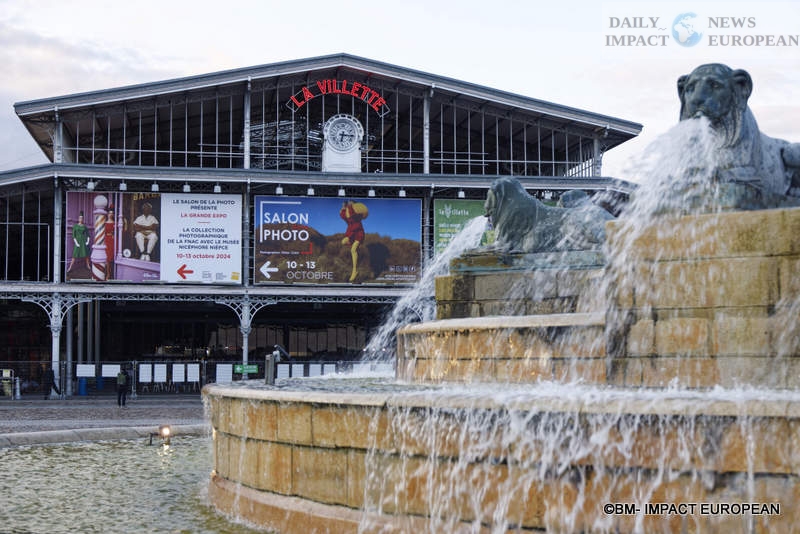




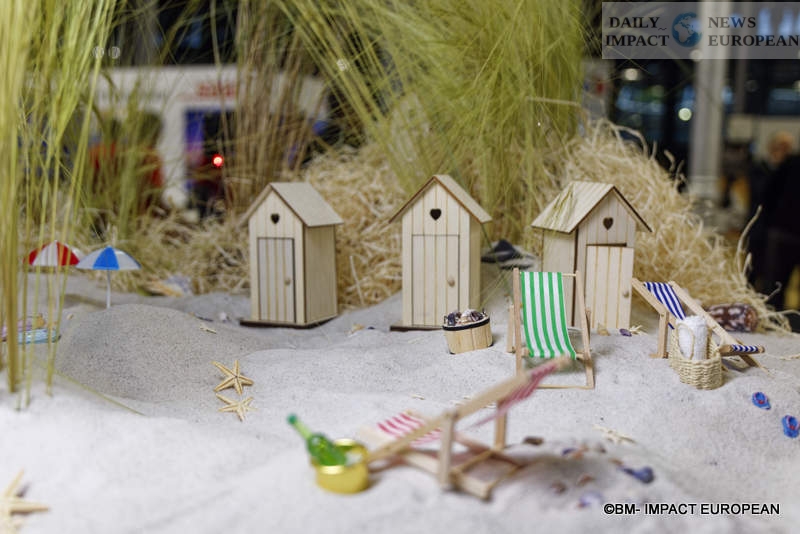

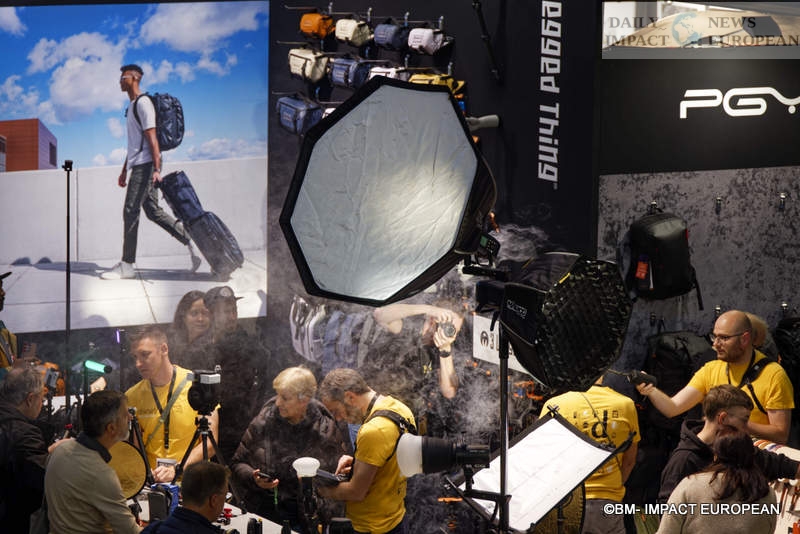

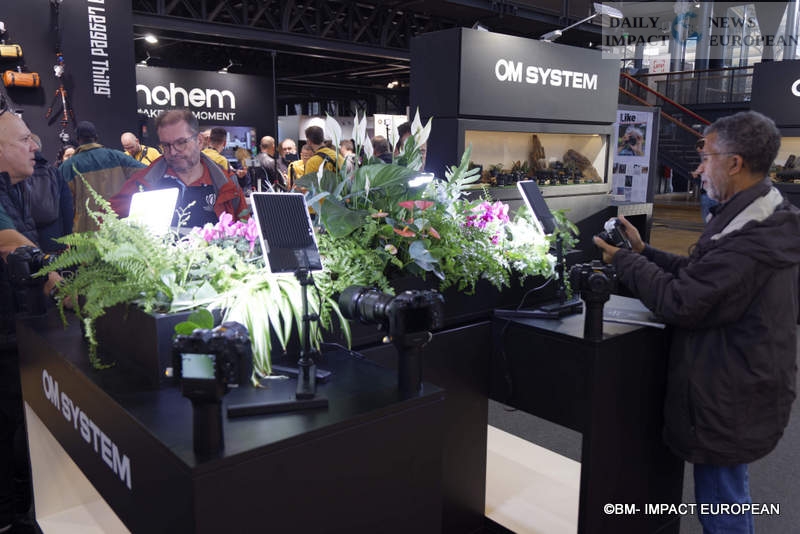

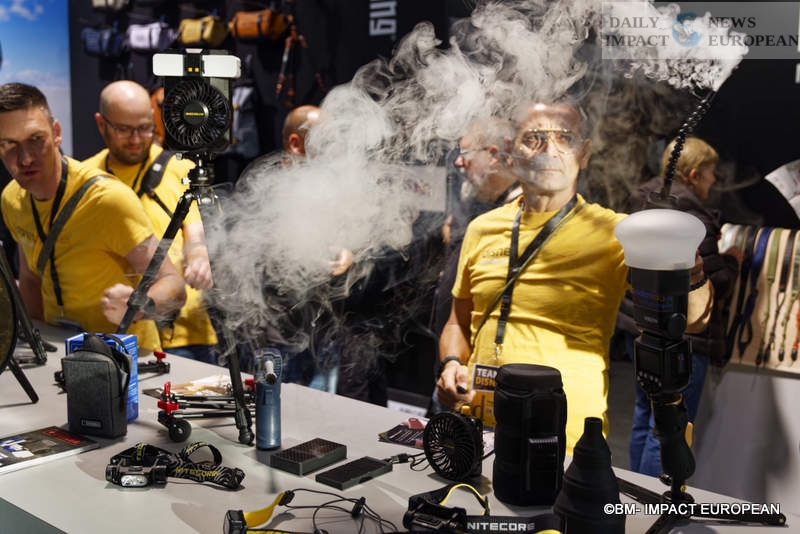



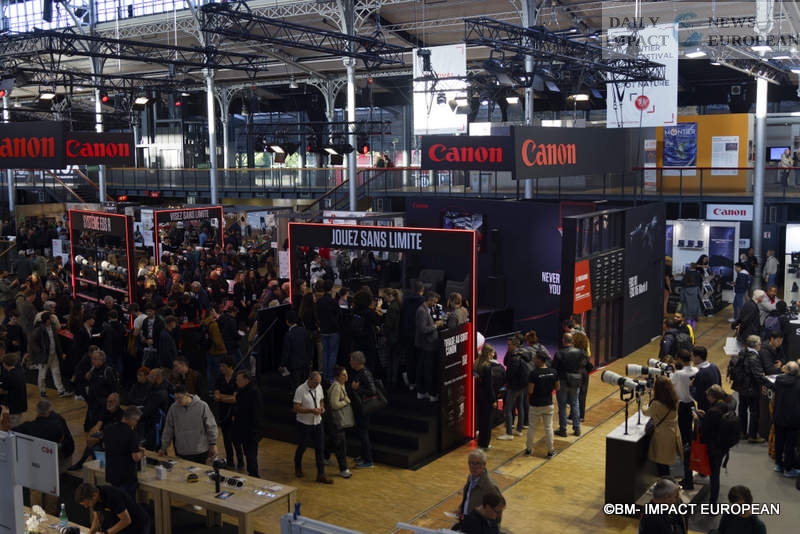
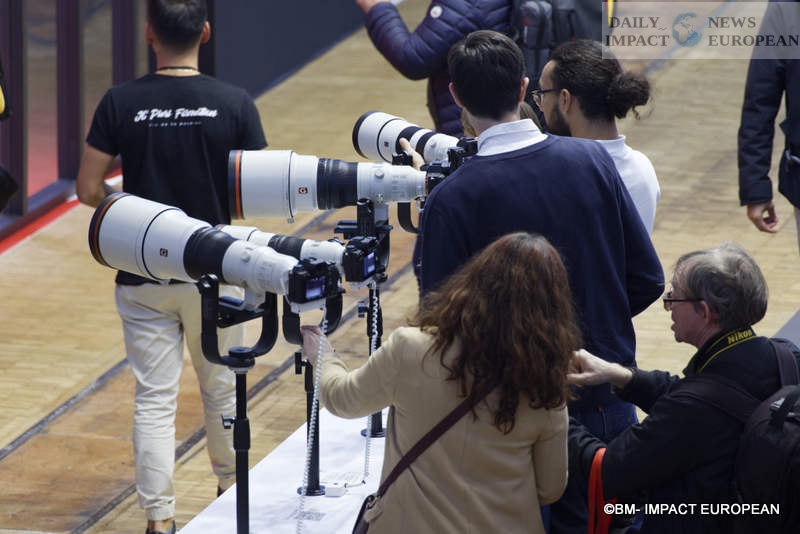
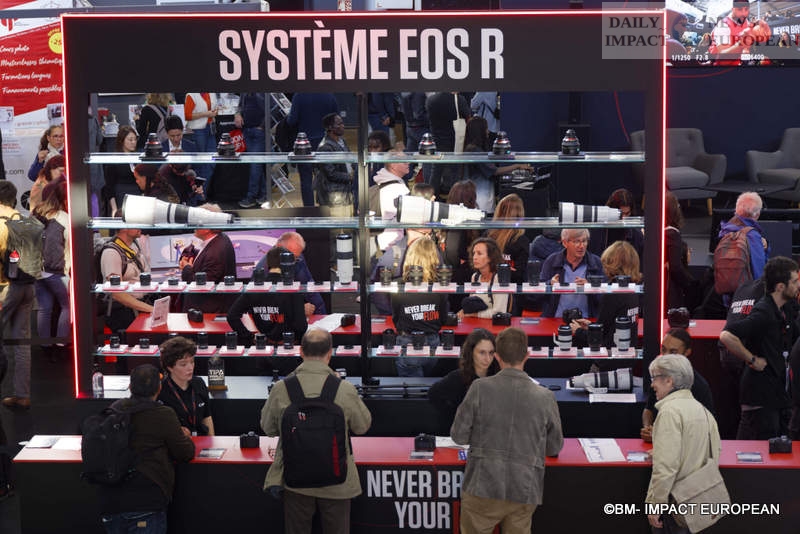
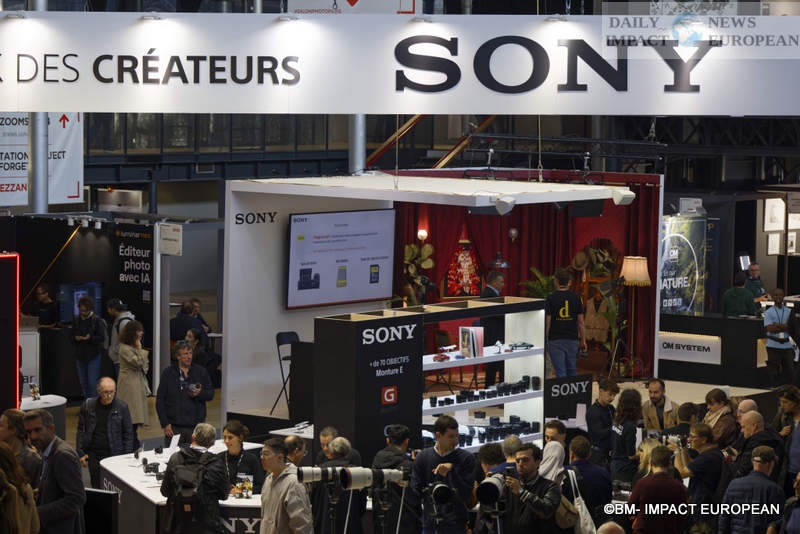
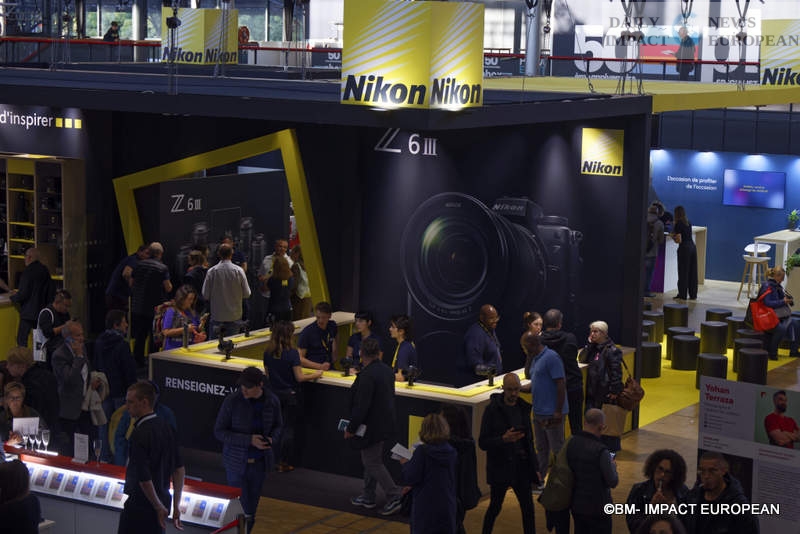
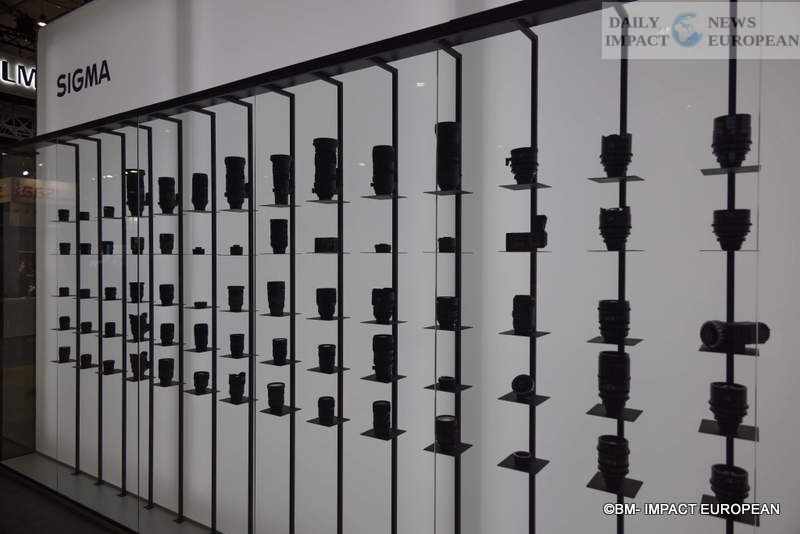
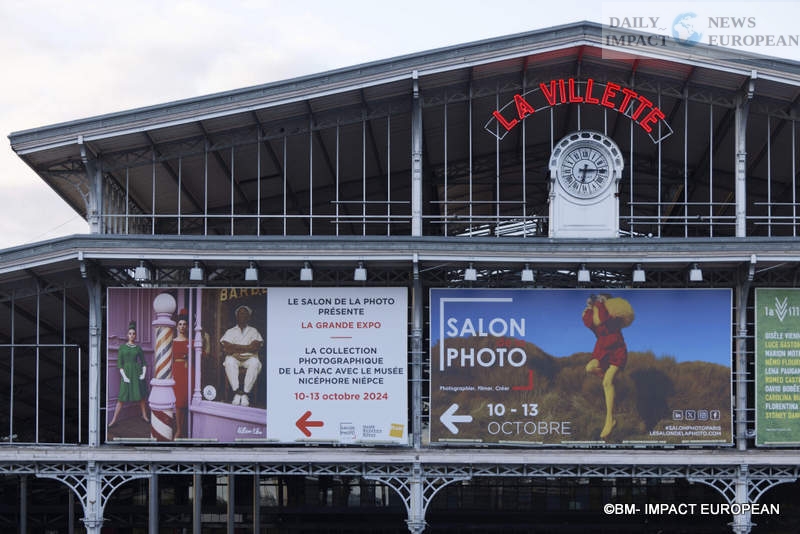
Plus d'histoires
Embraer, Portugal and the A-29N Super Tucano: An Industrial, Political and Geostrategic Turning Point for Europe and NATO
Private Health Schools Under Scrutiny: Council of State Sides with the French Order of Physiotherapists
Dordogne: Mayor Excluded for Antisemitism Avoids Trial, LICRA Reacts